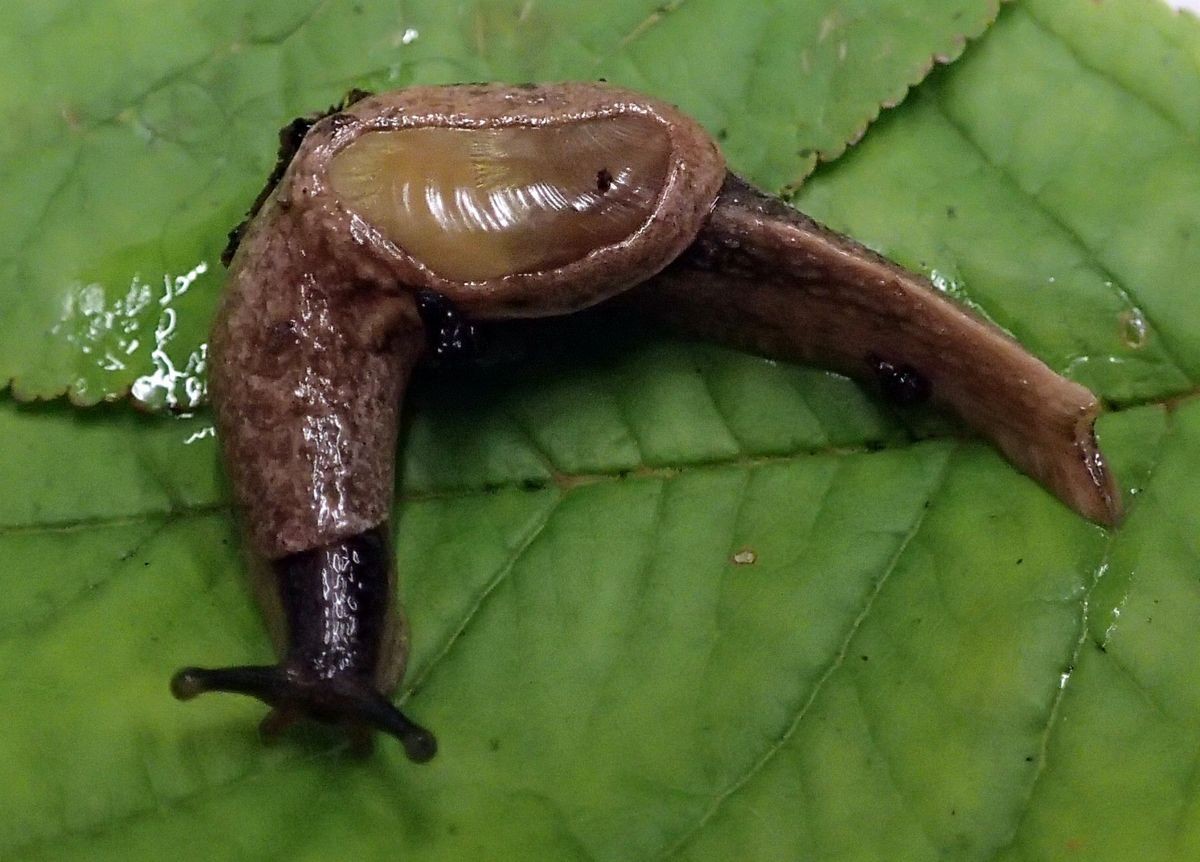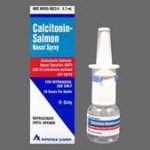
Contents
- 1 Surviving Rat Lungworm: Can You?
- 1.0.1 What Are the Signs and Symptoms of Rat Lungworm Infection?
- 1.0.2 How Are Humans Infected with Rat Lungworm?
- 1.0.3 Who Is at Risk of Rat Lungworm Infection?
- 1.0.4 Can I Get Rat Lungworm from My Pets?
- 1.0.5 How Is Rat Lungworm Diagnosed?
- 1.0.6 What Are the Treatment Options for Rat Lungworm?
- 1.0.7 What Is Eosinophilic Meningitis?
- 1.0.8 How Can I Prevent Rat Lungworm?
- 1.0.9 What Is the Outcome of Rat Lungworm Infection?
Surviving Rat Lungworm: Can You?
Rat lungworm (Angiostrongylus cantonensis) is a parasitic roundworm. Although deaths from rat lungworm are rare, this parasite can cause life-altering disabilities.
- Severe crippling and chronic pain may result.
- The parasite cannot complete its natural lifecycle and dies over time, as humans are not its natural hosts.
- The infection is self-limiting.
In human hosts, this parasite primarily migrates to the brain and, less commonly, the lungs. If it becomes lodged and dies in the brain, rat lungworm can induce eosinophilic meningitis. Severe infections can lead to coma or death.
The movement of the worm and the body’s immune system response cause significant damage. Most people recover completely with symptomatic treatment over days, weeks, or months.
Occasionally, the infection can develop into serious meningitis that requires specialized care.
What Are the Signs and Symptoms of Rat Lungworm Infection?
Rat lungworm symptoms are diverse, making diagnosis difficult. The signs and symptoms can vary depending on the individual and the severity of the infection.
The Centers for Disease Control and Prevention (CDC) lists the following signs and symptoms:
- Headache
- Stiff neck
- Tingling or painful sensations in the skin or extremities
- Low-grade fever
- Nausea and vomiting
- Loss of appetite
- Abdominal pain
Severe Neurological Symptoms
- Loss of coordination and balance
- Muscle weakness
- Facial drooping
- Difficulty speaking
- Confusion and disorientation
Additional Symptoms
- Seizures
- Coma
- Loss of consciousness
- Paralysis
- Sensitivity to light
- Vision changes
- Rapid heart rate
- High blood pressure
- Swollen lymph nodes
- Fatigue
- Difficulty concentrating
Some infected individuals have no or mild symptoms, but symptoms can become severe and long-lasting.
Symptoms usually appear one to three weeks after exposure but may take up to six months. Depending on the severity, symptoms can continue from a few weeks to several years. Typically, symptoms last two to eight weeks, according to the CDC.
How Are Humans Infected with Rat Lungworm?
Rat lungworm is a parasitic nematode that causes angiostrongyliasis.
Potential causes of rat lungworm infection include:
- Eating contaminated food, especially raw or undercooked snails or slugs, which are known carriers of the worm
- Freshwater shrimp, land crabs, and frogs can also become infected intermediaries if they consume infected snails or slugs.
To reduce infection risk, cook all snails and slugs thoroughly. Rat lungworm is not directly transmitted from person to person.
Who Is at Risk of Rat Lungworm Infection?
Rat lungworm can be found worldwide, especially in the United States, Southeast Asia, and the Caribbean. The parasite is most common in the southeastern states and Hawaii. Infection risk factors vary depending on the parasite’s prevalence in the area and an individual’s likelihood of coming into contact with infected animals or their feces.
The most dangerous risk factor is consuming raw or undercooked snails or slugs. Heating kills the parasite and prevents infection.
Other risk factors include:
- Living in or traveling to areas where rat lungworm is prevalent
- Handling snails or slugs as part of a profession
- Poor hygiene habits
If you suspect rat lungworm infection, seek immediate medical attention. A doctor can diagnose and recommend appropriate treatment.
Can I Get Rat Lungworm from My Pets?
It is highly unlikely to contract rat lungworm from pets. Although animals, including pets, can get infected, transmission from animals to humans is not common. However, maintaining good hygiene, including washing hands after handling pets, is advised to reduce the risk of infection.
How Is Rat Lungworm Diagnosed?
Diagnosis of rat lungworm infection typically involves a combination of medical history, physical examination, and laboratory testing.
A doctor will ask about symptoms, travel history, and potential exposure to infected animals or their feces. Physical examination and tests like blood tests and imaging may be performed to confirm infection.
What Are the Treatment Options for Rat Lungworm?
Treating rat lungworm infection usually involves medications and supportive care, depending on the severity and complications. Medications used may include antiparasitic drugs to kill the worms, corticosteroids to reduce inflammation and swelling, analgesics to relieve pain, and anticonvulsants to control seizures. Supportive care may include intravenous fluids and respiratory support.
The success of treatment varies, and in some cases, the infection may resolve without treatment. However, treatment may be necessary to clear the infection and prevent complications.
What Is Eosinophilic Meningitis?
Eosinophilic meningitis is a rare complication of worm infection, with rat lungworm being the most common cause. It is characterized by a high number of eosinophils in the cerebrospinal fluid. Treatment focuses on relieving symptoms and may involve medications to reduce inflammation and swelling in the brain.
How Can I Prevent Rat Lungworm?
To prevent rat lungworm infections, take the following measures:
- Avoid eating raw or undercooked snails or slugs and foods that may be contaminated with their mucus.
- Thoroughly wash hands after handling snails or slugs or gardening in areas where they may be present.
- Properly store and prepare food by preventing snails or slugs from accessing it.
- Keep your home and garden clean and free of debris that may attract snails and slugs.
- Prevent pets from hunting or eating snails or slugs and regularly check them for signs of infection.
- Use gloves and protective clothing when gardening and promptly remove any snail or slug infestations.
- Avoid touching or handling snails or slugs with bare hands or touching your face or mouth after handling them.
- When traveling to areas where rat lungworm infection is common, follow recommended food and water safety guidelines.
What Is the Outcome of Rat Lungworm Infection?
The outcome of rat lungworm (Angiostrongylus cantonensis) infection varies depending on the severity and overall health of the individual. In some cases, the infection may cause no symptoms and resolve on its own. Mild symptoms may require medical treatment. Severe complications like meningitis or brain damage may require hospital care and specialist treatments. Seek medical attention if you suspect exposure to rat lungworm.
By clicking Submit, I agree to the MedicineNet’s Terms & Conditions & Privacy Policy and understand that I may opt out of MedicineNet’s subscriptions at any time.
By clicking Submit, I agree to the MedicineNet’s Terms & Conditions & Privacy Policy and understand that I may opt out of MedicineNet’s subscriptions at any time.


